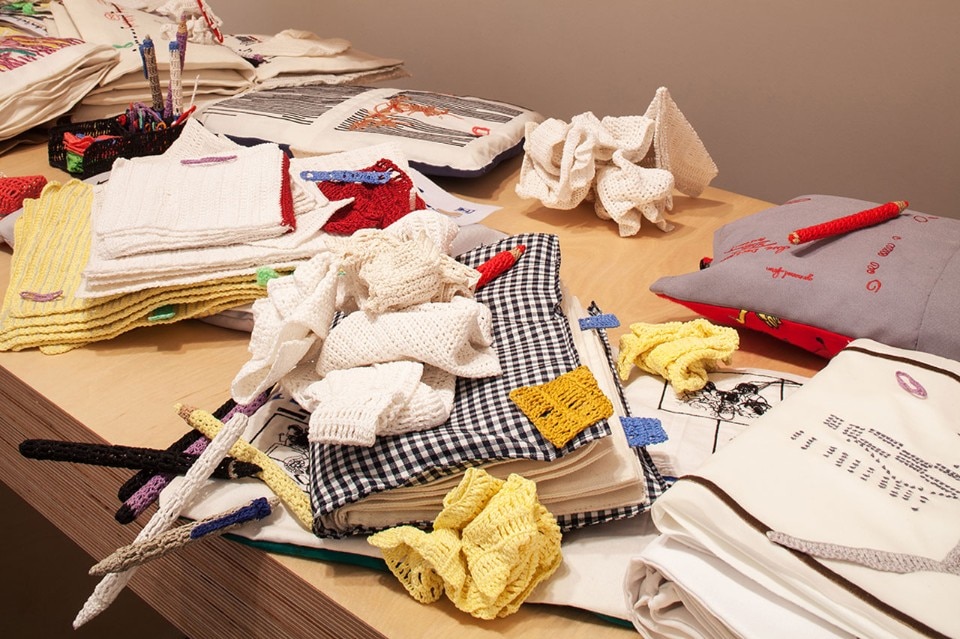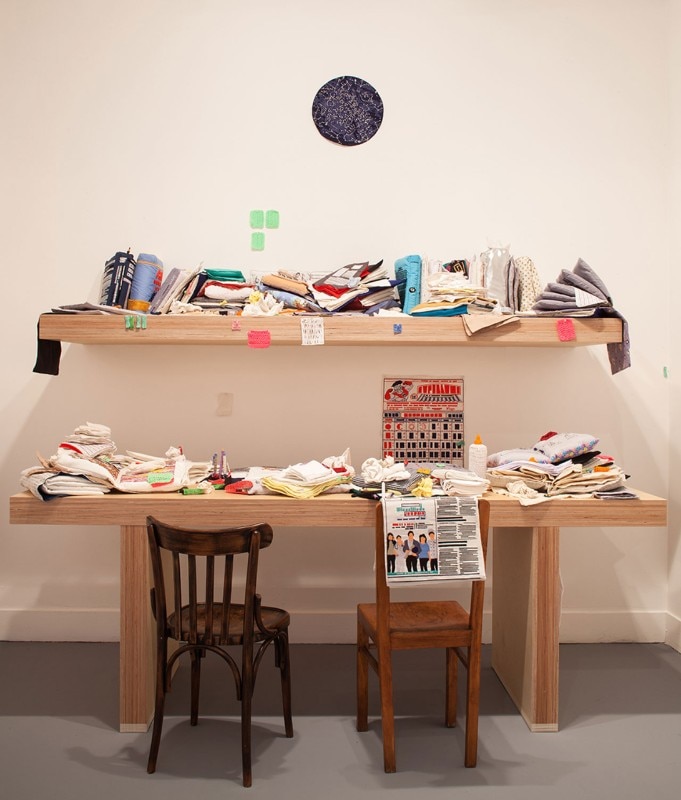
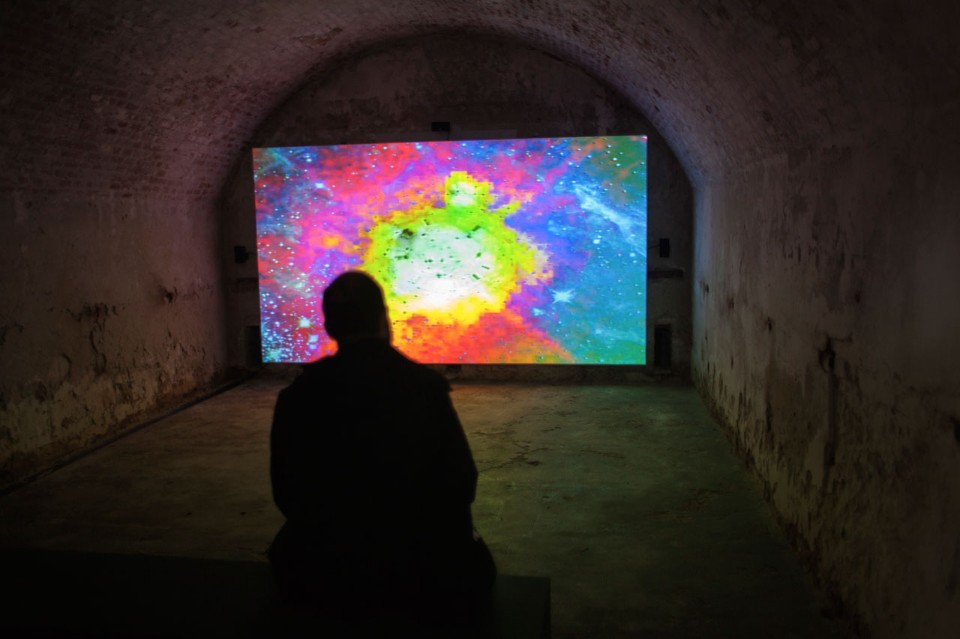
Macel is interested in all artists: of every age, background and level of fame; in this sense manifesting considerable freedom and the result is a very transversal exhibition.
She is also interested in everything to do with artists: not just the creative act and its outcome – the work – but also everyday life, places, rhythms and lifestyles. In fact the exhibition opens, in the Central Pavilion, with a series of photographs by Serbian artist Mladen Stilinovic sleeping in his studio. Artist at Work is a piece from 1978: an act conceived then as a vindication of unproductive values such as time, nothingness, inefficiency, as well as a passive resistance to absorption on the part of politics.
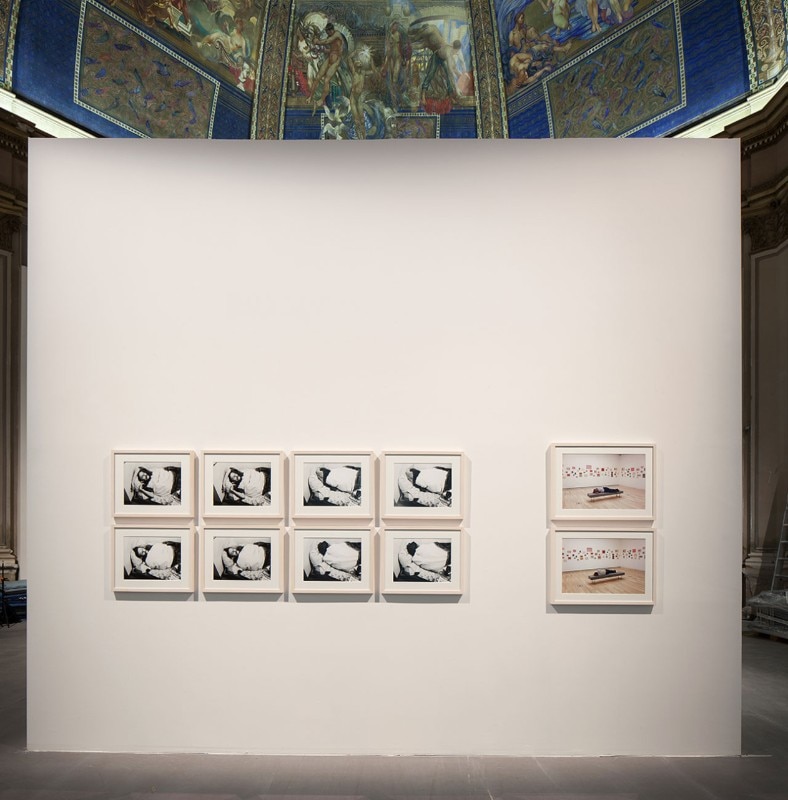
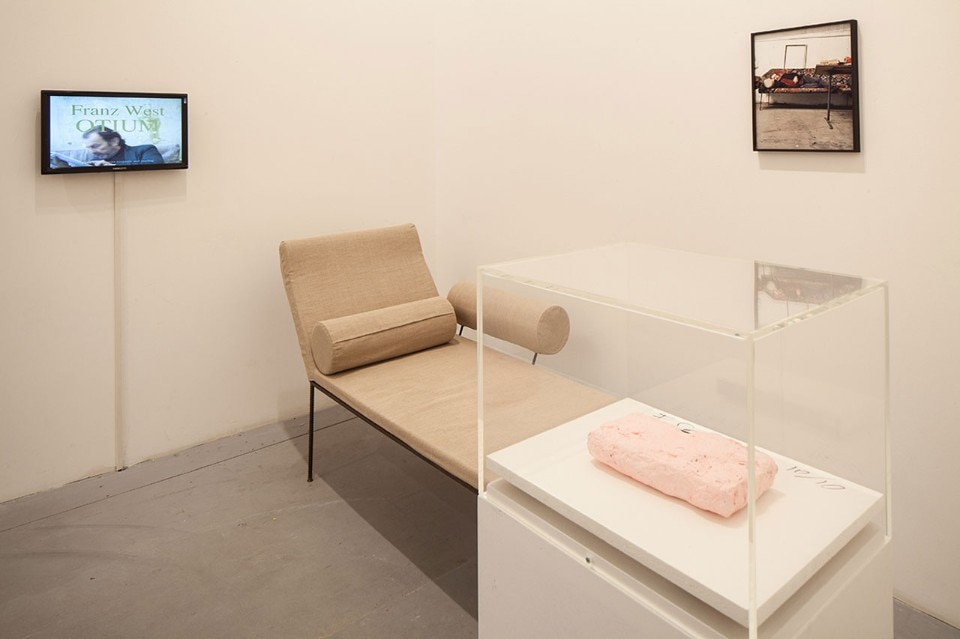
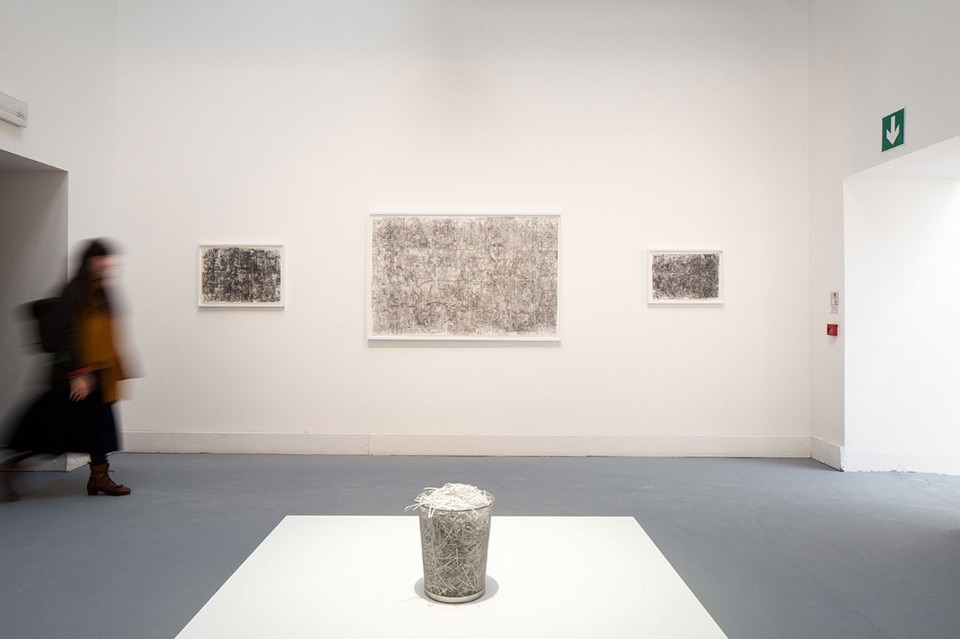
Showing in the Arsenale is a proliferation of works linked to texture, webs, weaving and fabric; in its most diverse forms, from large mural sculptures by Franz Erhard Walther – awarded the Golden Lion for participating in the international exhibition - with which it is possible to interact, to the long and elegant hanging braids by Leonor Antunes, to the moment of great happiness of the wall of colours by Sheila Hicks: a giant, multicoloured cascade of soft and welcoming woolly pompoms.
There are numerous works of a collective nature connected to public space, mostly from the 1960s and 1970s: Antoni Miralda, Joan Rabascall, Jaume Xifré, to name a few. As if to reiterate that these works have a strong relationship with today’s sensibility and still have much to say.
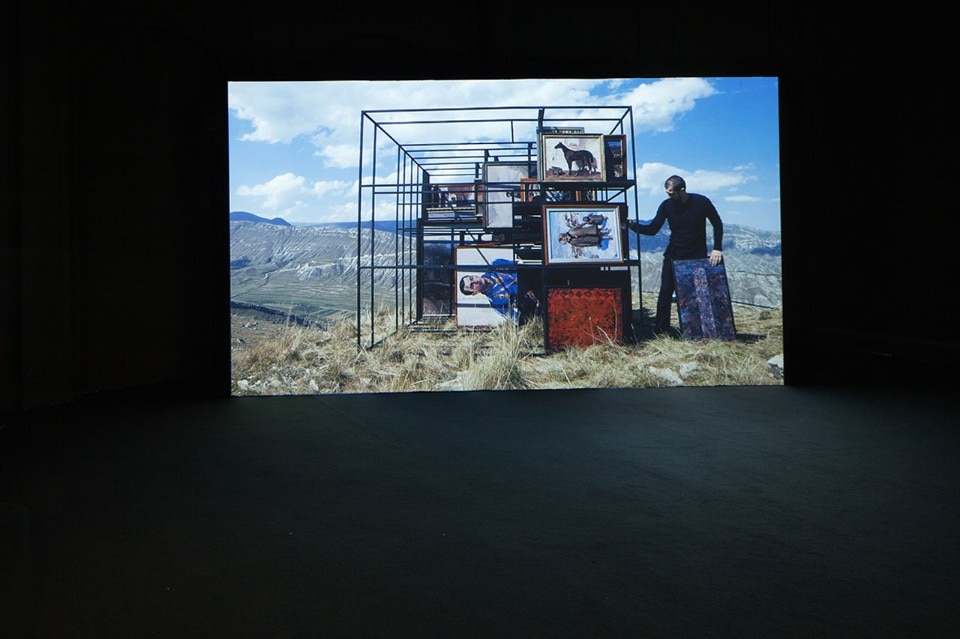
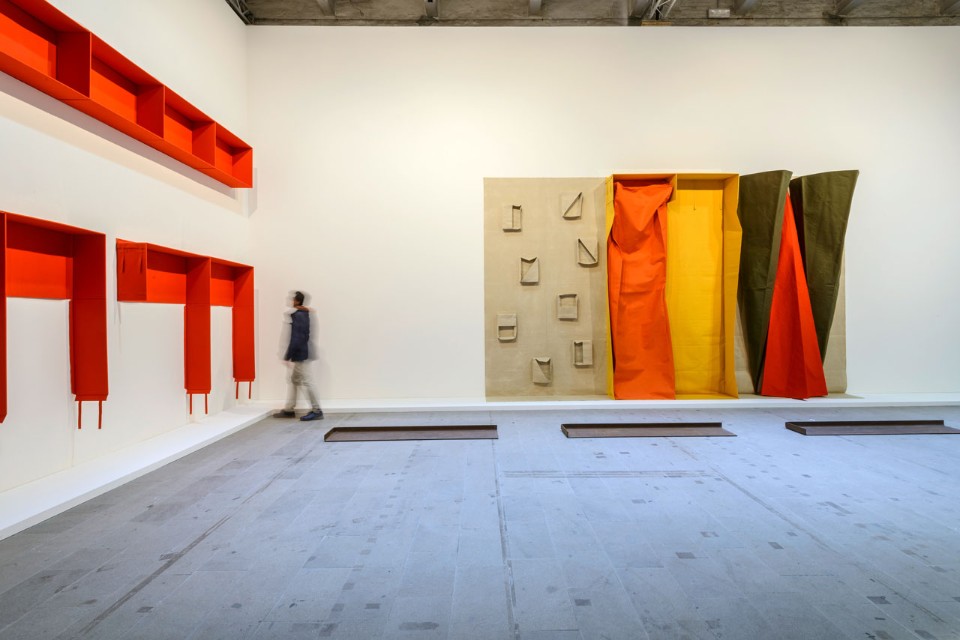
Also intense is the work of Kader Attia, who with his dense installation on the musical tradition of North Africa and the Middle East is confirmed among the most important artists on the international scene.
The exhibition ends in the Garden of the Virgins, with the hallucinated nature of Salvatore Arancio that disseminates this amusing place with rocky concretions and psychedelic totems, ironic but also unsettling, as if to remind us that reality by far surpasses the visible.
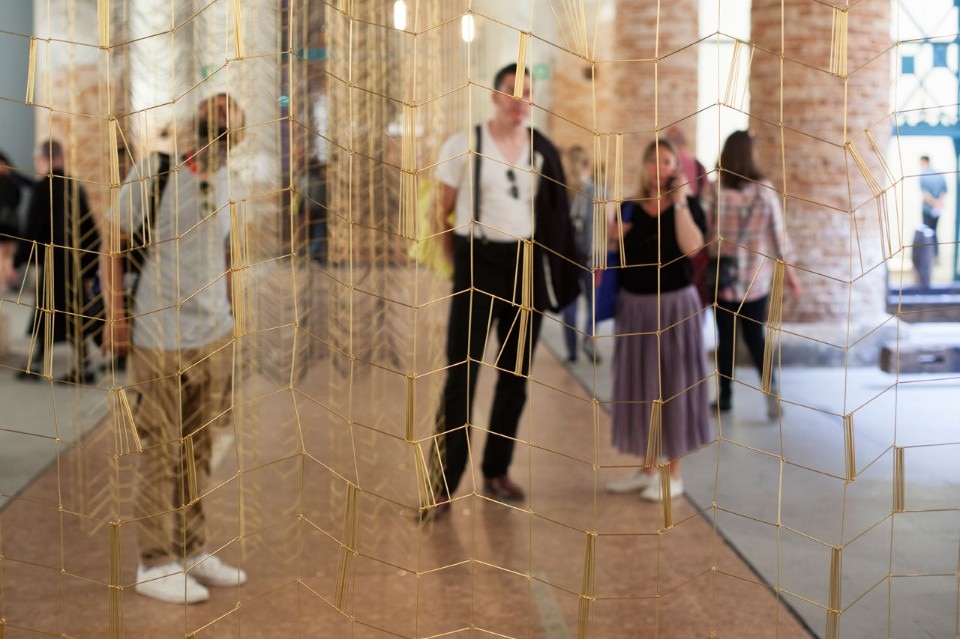
While individual episodes such as this encourage us to hold back and serve as a reminder that art can be striking and surprising, the end result of the exhibition overall is not quite so motivating.
Along the route the works are juxtaposed in “rooms” that each house an artist; a move to make it legible but that however generates a sense of reiteration rather than development; so much so that between one work and another the connection is labile or even absent. The repetitive nature of the display is particularly evident at the Arsenale, especially in the Corderie, because of the regular rhythm, with works installed mainly on two sides of the main route. The rhythm of the sections contributes to the caption-like effect of the overall. This levelling layout also influences the perception of the individual works, that appear in many cases inoffensive.
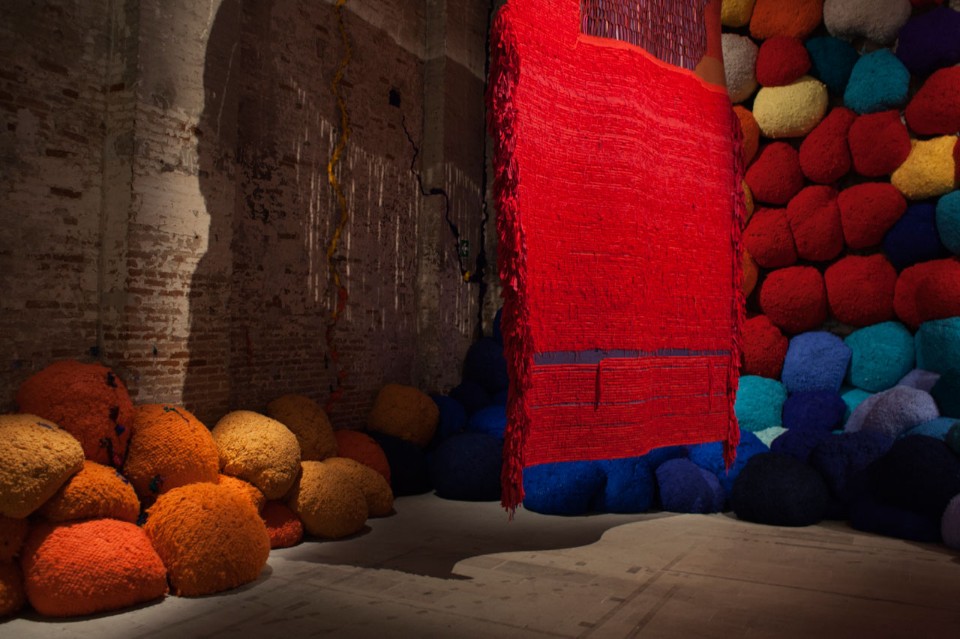
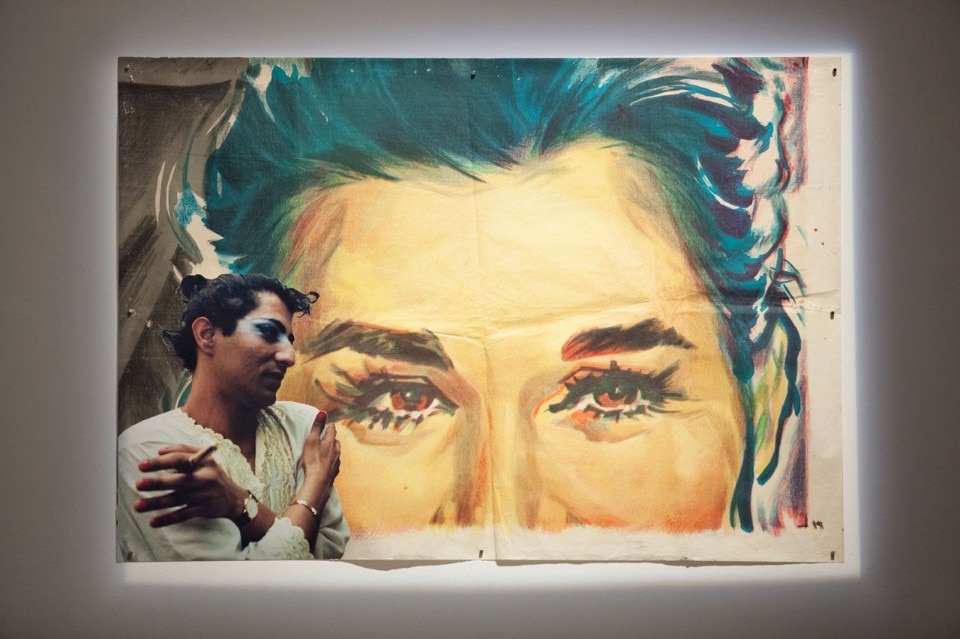
until 26 November 2017
Viva Arte Viva
Giardini, Arsenale, Venice
Curator: Christine Macel


